5 Games to Master OSINT Skills: Part 2
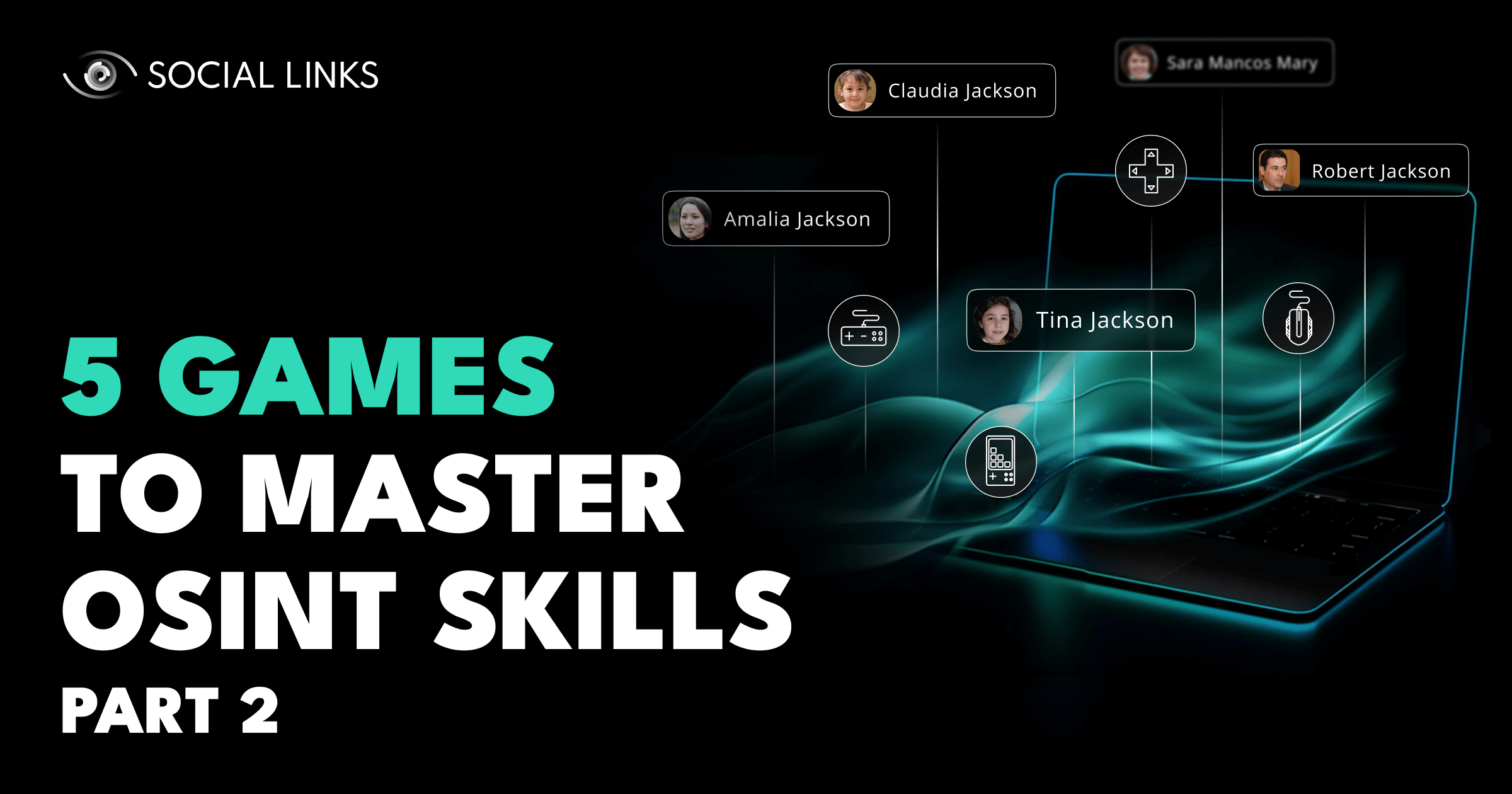

That’s right, this is part 2 of open-source intelligence games (here is the first part if you missed it). But to recap, this two-part guide is all about learning OSINT in an entertaining way. After all, it turns out that many of the skills and techniques that make a good open data investigator are needed for certain games and other recreational challenges.
So we’re back talking about more light(ish) and entertaining things you can get involved with right now, which will have the added benefit of sharpening your OSINT skills. As you’ll see, we highlight the abilities you can expect to develop for each game we discuss, from video analysis to GEOINT (Geospatial Intelligence) techniques.

Hannah Smith has been interviewed by the police seven times. Her husband, Simon, has been murdered, and it’s your task to review the interview recordings to get to the bottom of the case. The footage is fragmented, so you can never watch full dialogues. Instead, you need to cross-relate clips by entering keywords to piece the case together and solve the mystery.
The game takes the interrogation format and gives it a retrospective twist. Live-action video gives the experience a sense of realism, making the game feel like a real police procedural. And the clever mechanism of using keywords from the footage (there are also transcripts in true investigation style) adds a dimension of grittiness to the whole plot.
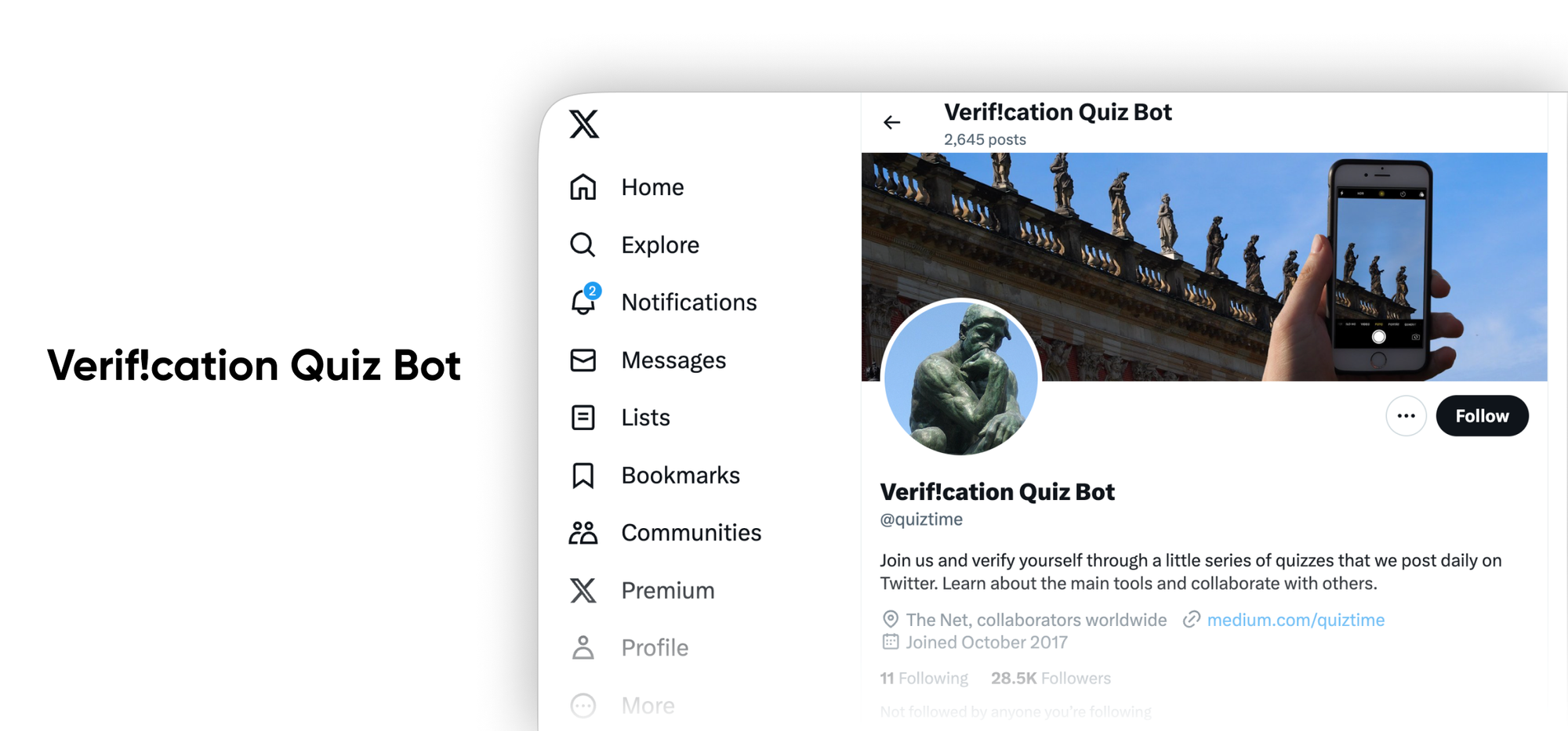
This one is actually just a Twitter (X) profile, but hear us out. These guys share daily OSINT puzzles that test your geolocation and software skills. Although the premise is simple, the page has made quite a splash in the OSINT community. Besides the challenges, they also share valuable tips, solution reviews, and helpful scripts for conducting practical intelligence work.
Being on social media gives these challenges an interactive and communal feel, as players engage directly with the post, sharing their thoughts and solutions. It’s also great as a glimpse into the thriving OSINT community, with experts worldwide giving their two cents. These questions really test everyone’s GEOINT capabilities—don’t expect them to be easy.
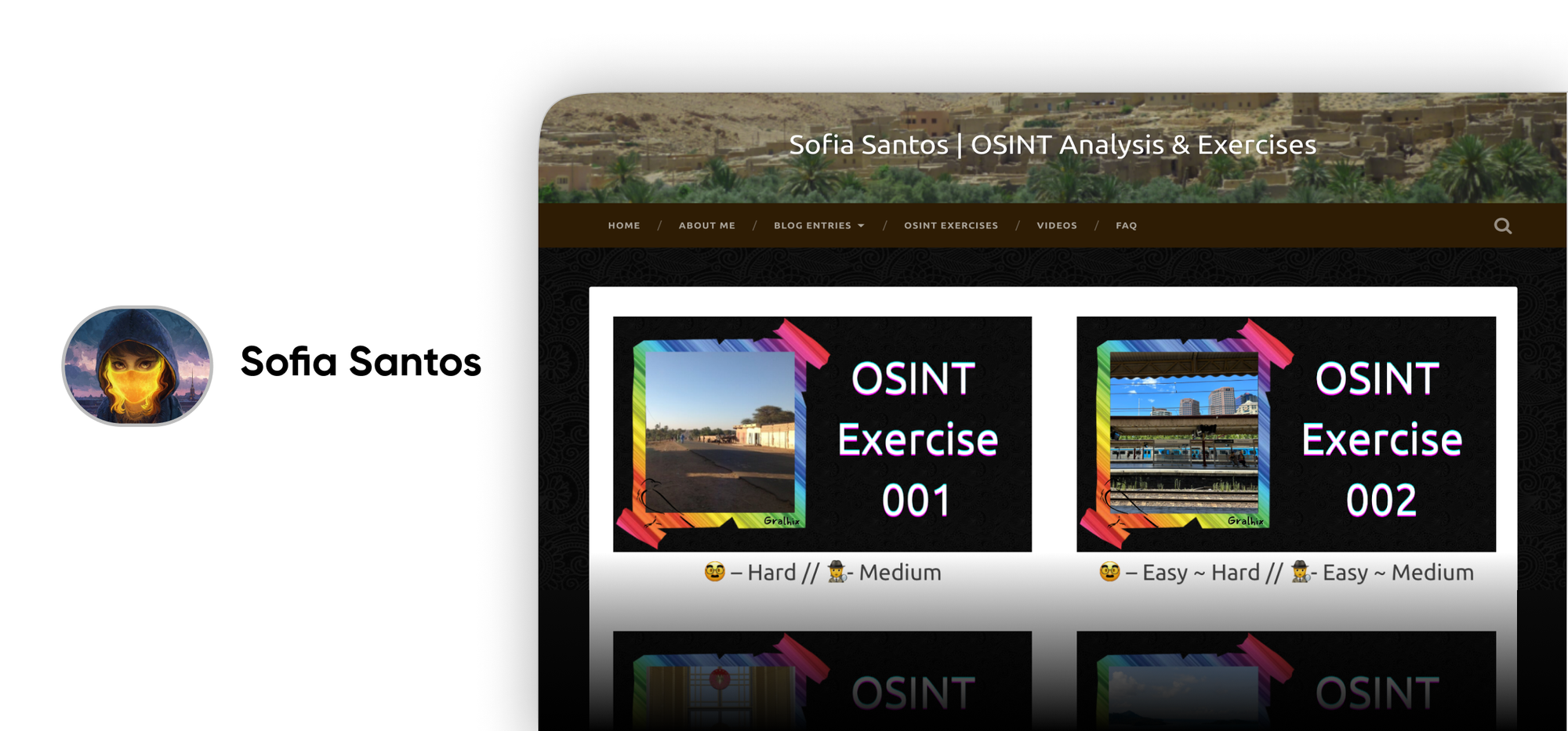
This one wears its credentials on its sleeve. OSINT researcher Sofia Santos shares challenging exercises that allow you to flex your investigative muscles. The tasks vary in difficulty but will get you to access all you know about open-source intelligence and will no doubt help you nuance your investigative skill set.
We give you fair warning, though—Santos’ challenges don’t hold your hand; in fact, they encourage you to find gaps in OSINT knowledge and suitably plug them. And this is all to the good since the techniques presented on the website are all crucial tricks for open-source intelligence and cybersecurity professionals to have up their sleeves.
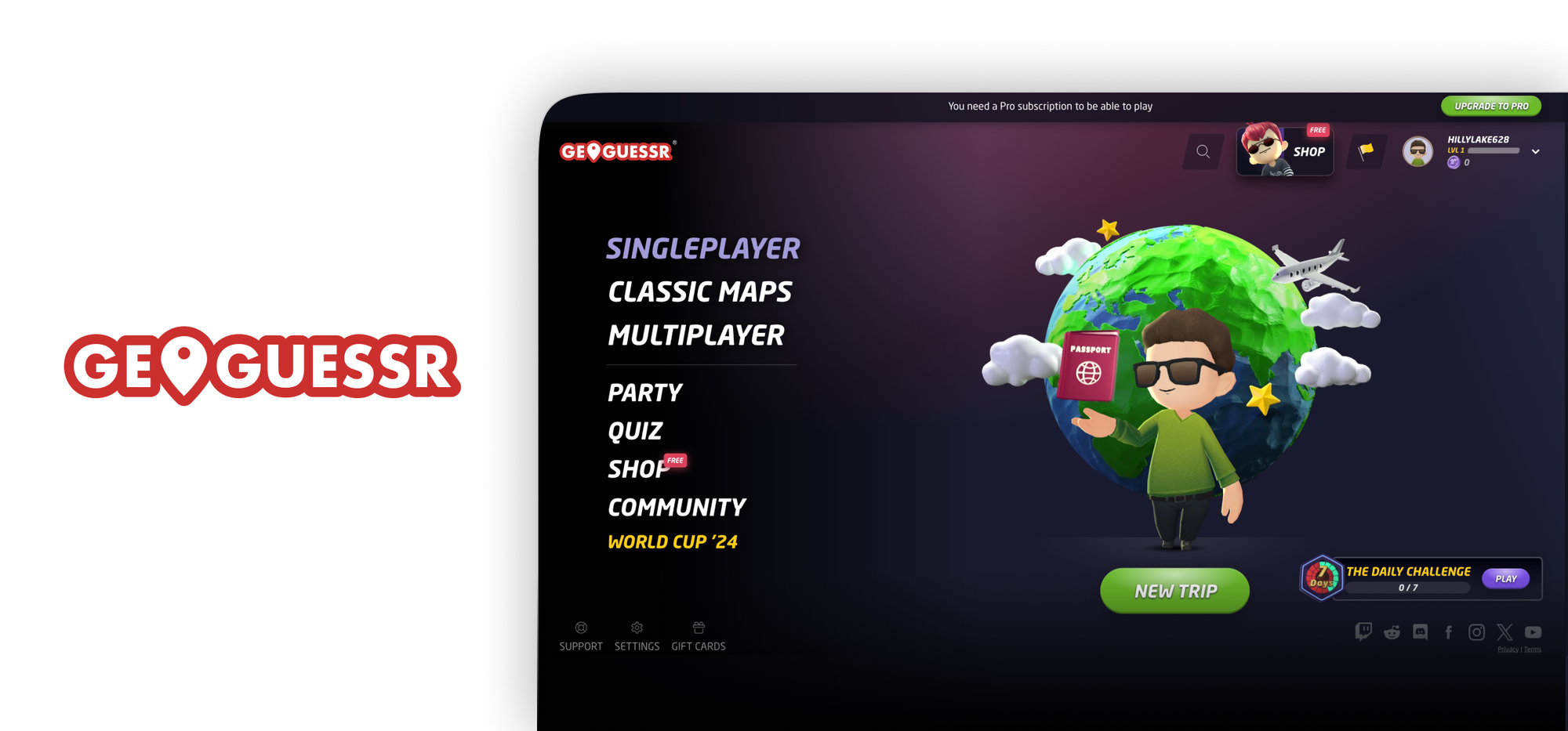
Ok, this one’s more of a cyber sport. You’re dropped into a random Google Street View location—it could be anywhere in the world. Just by identifying features of your surroundings, you have to pinpoint your location. While this sounds difficult (and it is), it’s fascinating to see how locations can be determined by road signs, car models, flora, and even the sun's position.
With the GeoGuessr World Cup happening this year, it’s clear that this game has seriously taken off. However, the play skills here have an application that reaches beyond competition. The skilled GeoGuessr is essentially an expert IMINT (Imagery Intelligence) analyst, for which the objectives, knowledge base, and mentality are practically the same. It’s a gamified form of intelligence work.
A body turns up in a lawyer's house. There is a clear suspect, but nothing is open and shut, and it’s your job to conclude the case. You have to employ OSINT techniques to dig up the facts, verify alibis, and find testimonial inconsistencies. The scenario is an excellent simulation of actual cases with all the accompanying documents you’d expect.
Real-world investigations are often hugely complicated, and analysts need to be a practiced hand and have their wits about them to identify valuable leads and make harsh judgments on time. This isn’t a type of process that’s easy to simulate, and KASE Scenarios: Betrayal does a very good job of it.
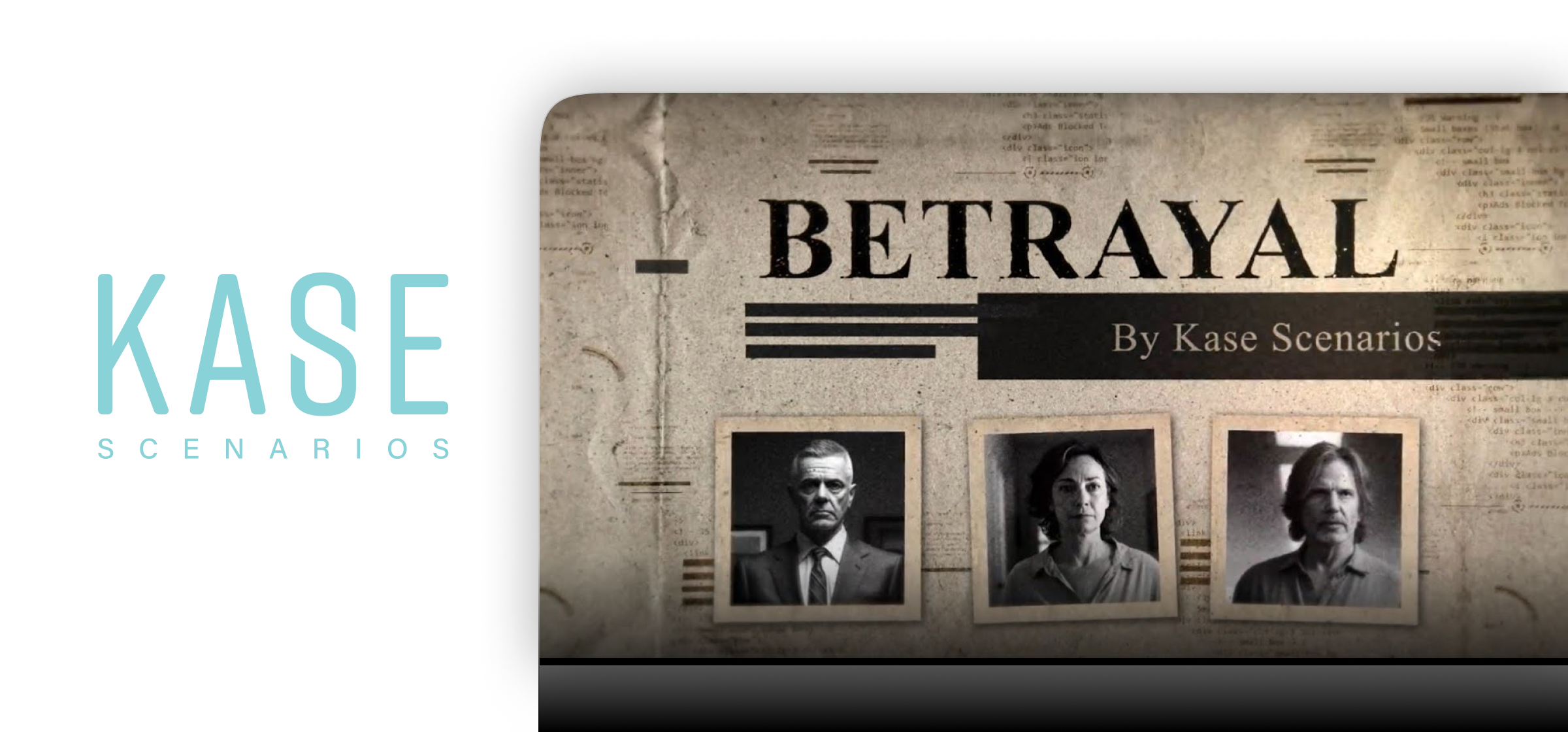
And that wraps up our two-part guide to OSINT-related games. If you’re keen to sharpen your open-source intelligence skills but want a less formal way to do it, we really recommend you try these challenges out!